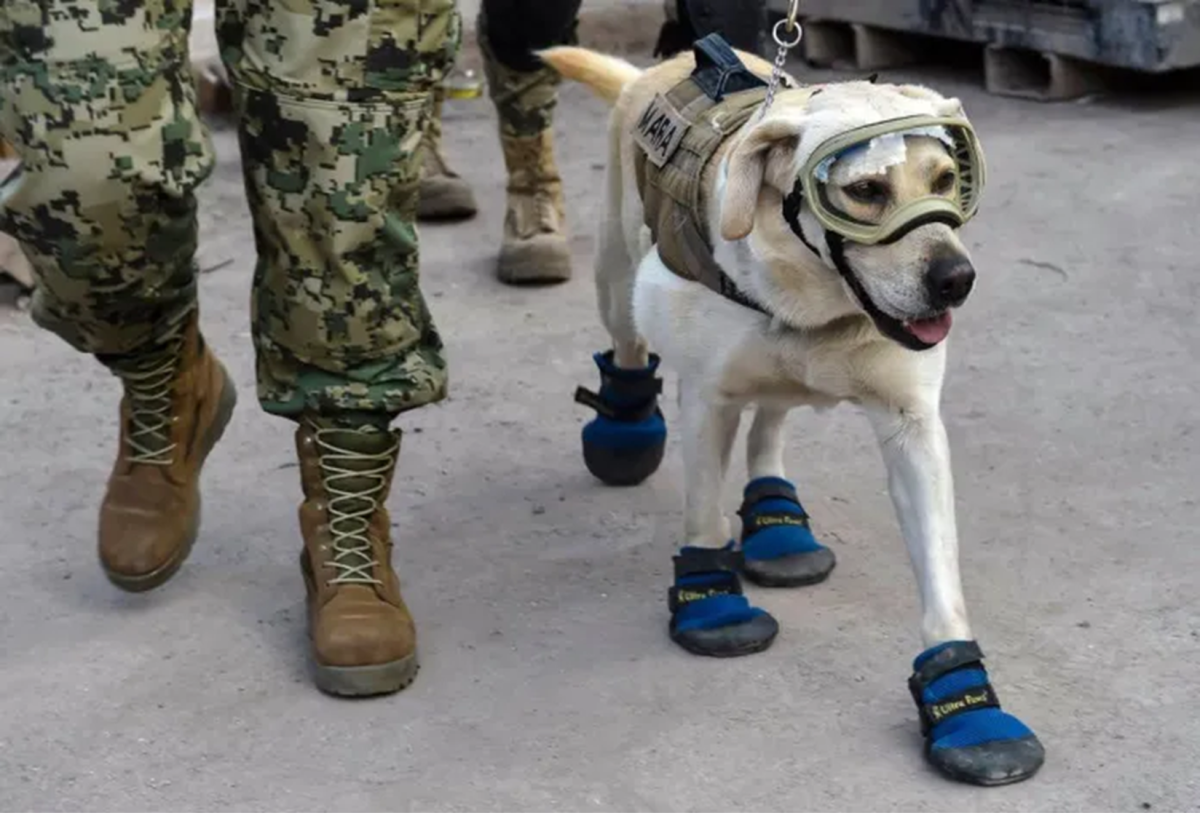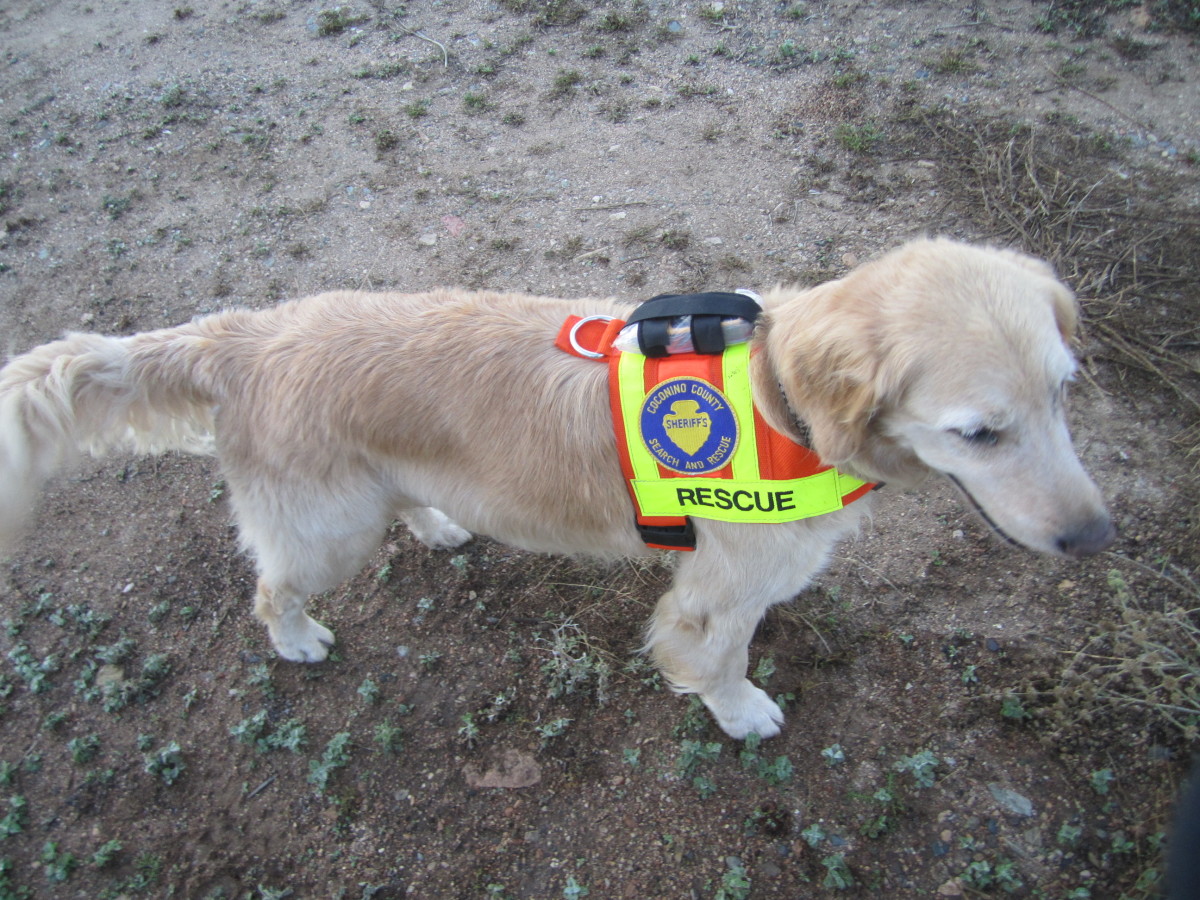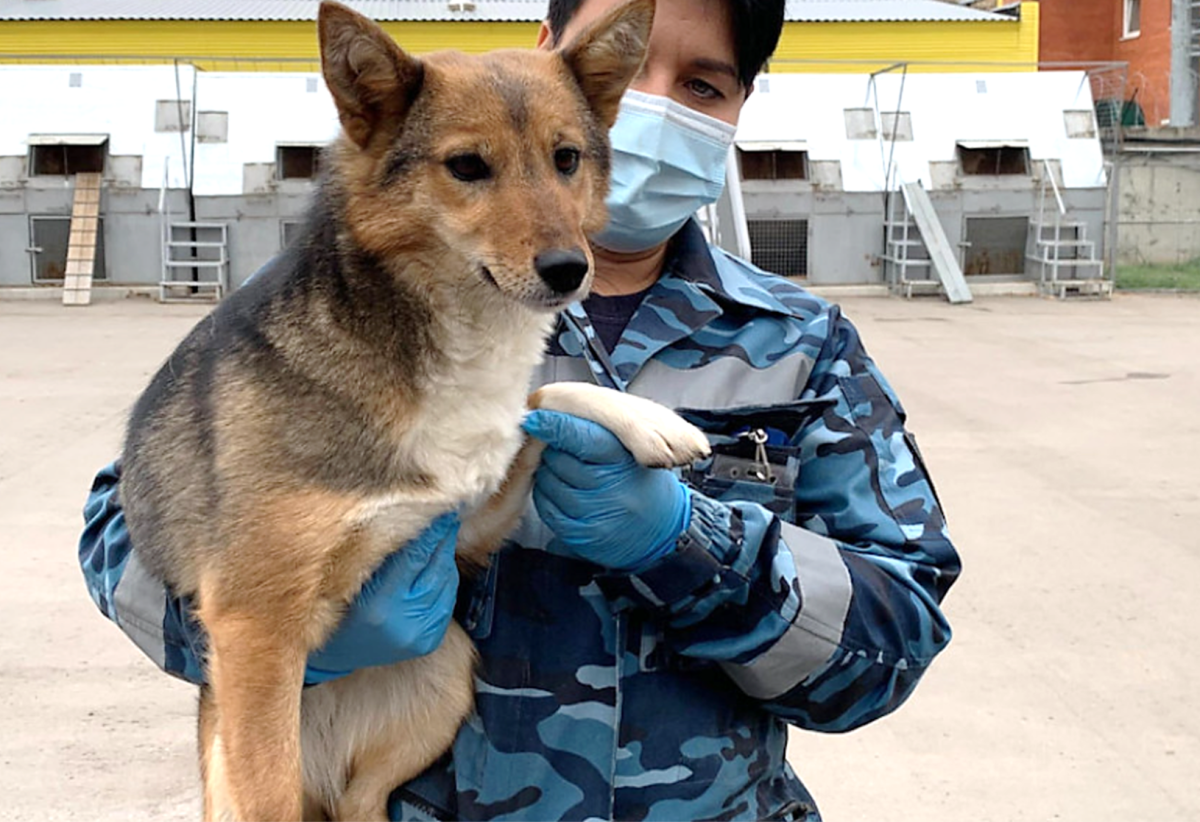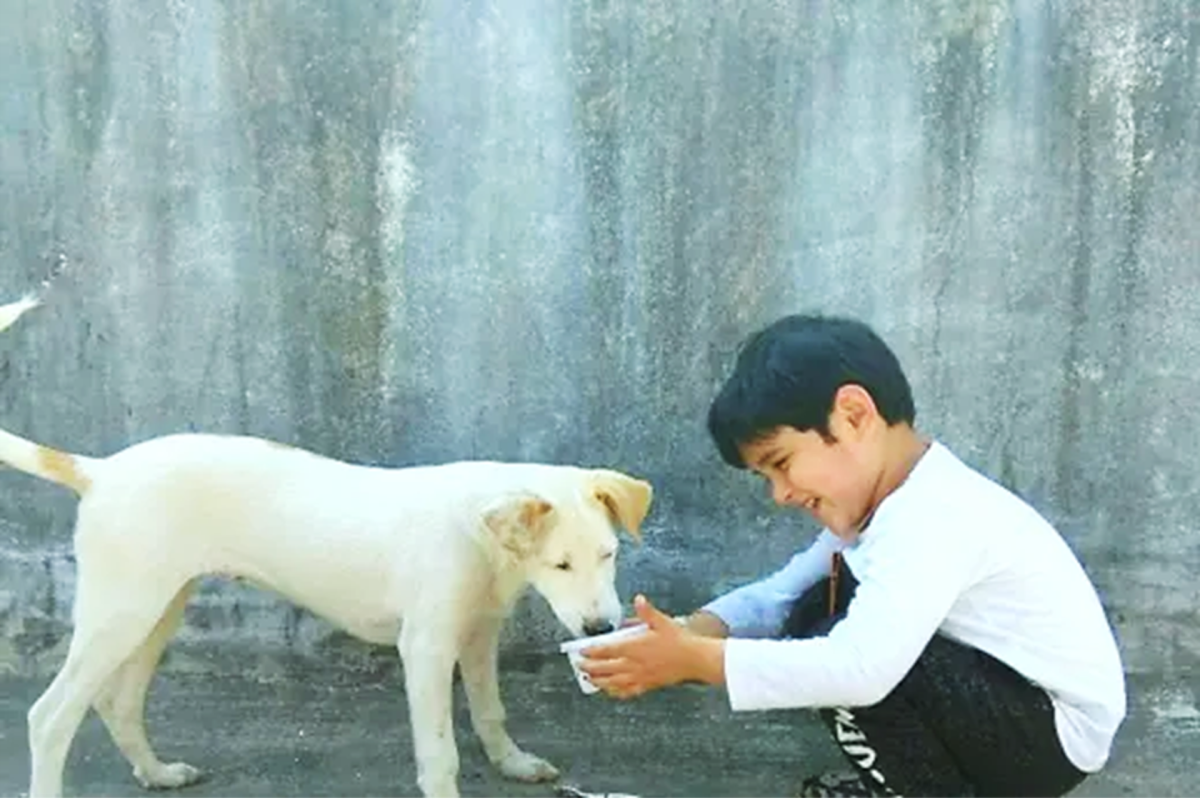Dogology - Service Dogs - Helping the World in a Special Way
Dogs Save People in Many Ways
The event makes headline across the globe. We watch on television, read in newspapers, get reports from the radio, and witness the devastation on our electronic devices. Unspeakable acts of destruction from nature and terrorist attacks that leave human beings isolated, trapped, and helpless among the ruins of the debris and wreckage.
As assistance pours in from around the nation and the world, we see people making donations to help those in need. We learn about brave people who risk all to save the victims. We learn about fearless dogs, who battle any conditions to search for the victims of the disaster. These service dogs are specially trained to recover people who may not have otherwise been found.
Dogs have a smart sense about them. Their sense of smell gives them the ability to work in conditions where debris, snow, water, and other conditions would make it nearly impossible for people to be found in a timely manner, if ever. A dog’s nose depending on the breed may have anywhere from 125 million nerve sensors to many times that. In addition, nearly ⅓ of a dog’s brain tissue is occupied by olfactory cells. Dogs scent organ in their nose is 4 times larger than a person’s, and is 50 to 100 times more powerful than ours. We humans have about 5 -10 million nerve cells that allow us to discern scents. Dogs search by scent, not sight.
Dogs are Specially Trained for Rescues
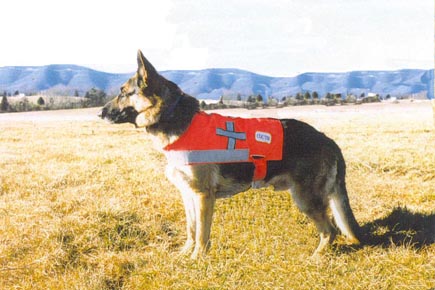
Canines Are Trained for Different Search and Rescue Purposes
- air scenting canines can sniff the surrounding area and find people who have become lost, trapped, or wandered off. If conditions are ideal, dogs can smell from about a ¼ of a mile away.
- tracking dogs sniff the scent of the tracks the person left behind. Bloodhounds are typical tracking dogs.
- trailing dogs smell a possession of a person and seek out the person they are searching for.
- cadaver dogs find human remains buried below or above ground
- disaster dogs find people in environments that have been hit by tornadoes, and earthquakes, bombings and other events where there are collapsed buildings and under debris. These dogs often work in unsafe and dangerous situations.
- water search dogs can trace people that are in water and even under water. Usually a handler and the dog will be in a boat or walk along the shoreline. A diver will enter the water when the dog gives a sign of the approximate location.
- avalanche dog can sniff the scent of people in snow, sometimes 15 feet deep.
Dogs Helping People with Disabilities
Dogs Do Many Important Jobs
Search and rescue dogs are very intelligent, and develop a close bond with their human partner. Upon finding the person, they are trained to communicate with their handler. There are many other jobs these canines are trained to do including:
- service dogs for sniffing bombs, drugs, and assist police to apprehend criminals.
- guide dogs for the blind
- companion dogs for people with disabilities
- therapy dogs for people give affection to people in hospitals, rehab facilities, schools, for learning disabled children, comfort for people in disaster areas.
- herding dogs who work on farms to keep agricultural animals safe
- detection dogs to sniff out termites, bedbugs, and other pests
- guard dogs as protection and sentrys.
Each of these dogs are trained under different conditions. Most dogs are trained to do one of these types of searches.
Search and rescue dogs usually have a long snout, to give them greater scentability. Flat nosed dogs usually are not as efficient at this. The typical search and rescue dog weighs between 40 and 70 pounds, although some may be larger.
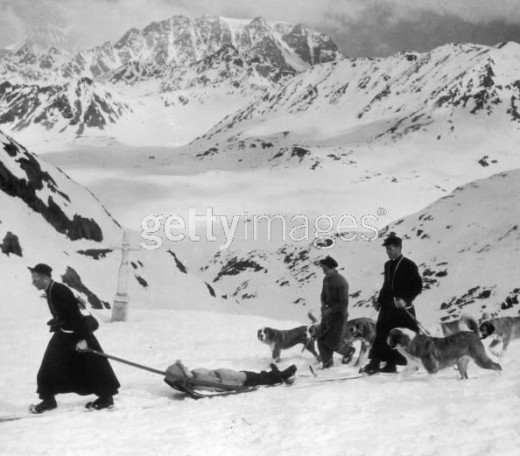
Rescue Dogs are Heroes
Dogs must endure arduous conditions, loud noises, and an unfamiliar environment.
On 9/11,the search and rescue dogs at the Pentagon, in Washington D.C. spent a considerable amount of time around loud airplanes, walked into rubble filled, bombed out buildings, and were put through decontamination. All the dogs performed their duties with unwaivering dedication. Many dogs from the World Trade Center disaster, acquired cancer, as have many of the people who are heroes and who worked selflessly in New York City during that time.
St. Bernards are considered to be the original search dogs. Around the year 980, Bernard of Menthon built an inn and a Monastery for weary travellers at the Summit of the Great St. Bernards Pass between Switzerland and Italy. Many travellers would get lost in the mountains, be trapped by avalanches, or need assistance. The monks would use the dogs to rescue people. (Most St. Bernards did not really carry brandy around their neck) As time passed the monks realized these dogs had a great sense of direction, and began to use them as guides in poor weather conditions.
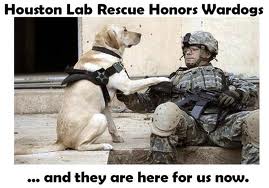
Dogs in War
In World War I, the Red Cross used trained air scent dogs to help find injured soldiers on the battlefield. In World War II, search and rescue dogs were used to find people under the bombed ruins in London. In 1942, in the United States, dogs began to be trained as working dogs for the purpose of guarding, being message carriers, as sled dogs in the North Pole, and as scout dogs. Scout dogs would lead patrols with their handlers and alert the handler by crouching, tensing up, or pointing as a bird dog would, by raising the hairs along their back, or by growling, when an enemy would approach. They were trained to never bark. This worked well enough to be used in the Korean and Vietnam wars also.
.
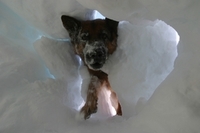
Avalanche Dogs
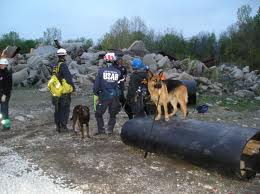
Dogs Come From Around the World to Save People in Many Disaster Situations
The German Shepherd Dog Club of Washington State saw in the early 1960’s the potential these dogs had to assist man in many capacities that no man or machine could accomplish. Through the vision and dedication of a few people, search and rescue dogs began being trained for missions that the government started to sanction. Today, there are over 1000 search dog units in the United States. These dogs have been called in when the volcano erupted at Mt. St. Helen in Washington State in 1980, they have been used in wildnerness searches for missing people, in the Oklahoma bombing, for 9/11, for hurricanes, tornadoes, and numerous other untold stories, where only a dog could do the job best.
In recent earthquakes in Haiti, Chile, New Zealand, and Japan, dogs were brought in from all over the world to do a job better than any living being can do. 500 rescue workers and 30 rescue dogs from around the world recently recently flew into Japan to volunteer and help find victims of Japan’s earthquake and tsuanmi. 12 rescue dogs from the U.S., 9 from the Swiss Rescue Team, 7 from Wales, and dogs from Singapore, and Britain were among the dogs who offered assistance.

In Memory of some Search and Rescue Assist K-9's
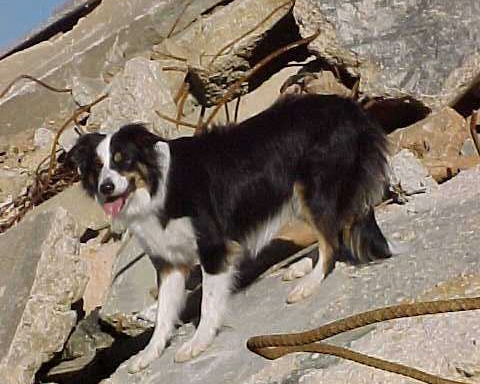
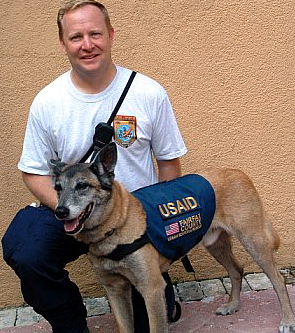
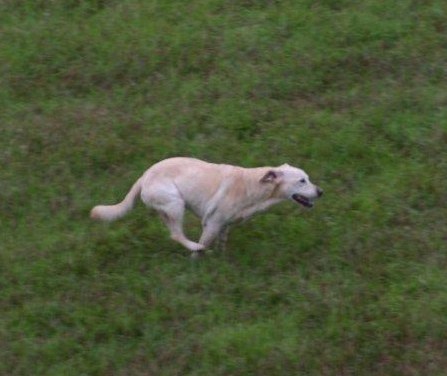
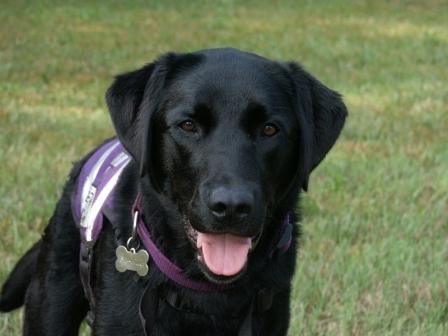
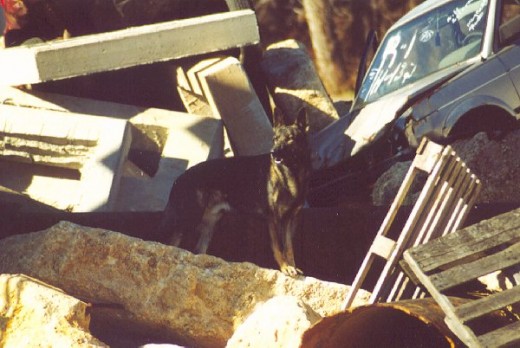
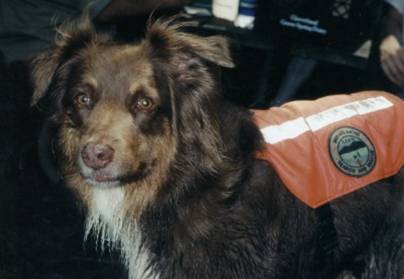
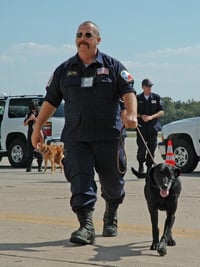
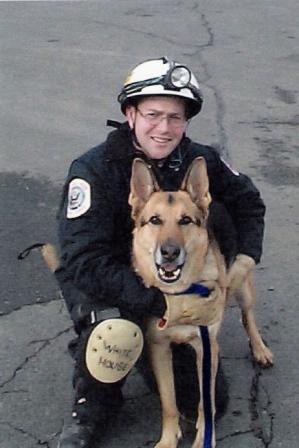
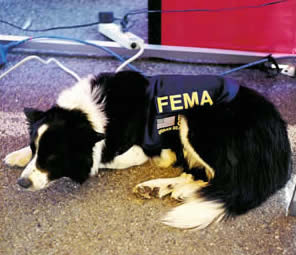
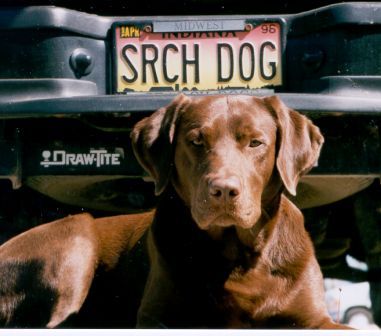
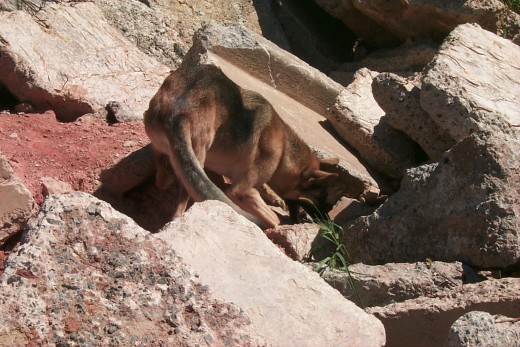
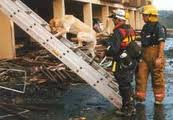
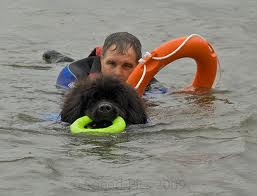
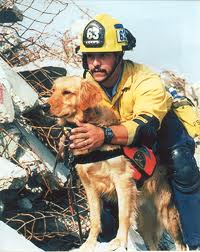
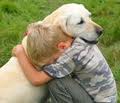
The Amazing Things Canines Can Do
Dogs can do many amazing things, but their value in finding and saving human lives in all scenarios is incalculable. As search and rescue dogs, these canines endure unsafe conditions, injuries to themselves, and danger. It is clear these dogs feel a sense of purpose in what they do. They are dedicated, they know their mission, enjoy their job, and do it for the love of their handlers and owners.
As bomb and drug sniffing dogs, they achieve finds man and machine may very well miss. As companion, guide and therapy dogs, they work everyday to help people with disabilities and other needs. As herding dogs, they work to keep the flock safe. It is now first being realized, dogs may be able to sniff out cancer before a person my even know it. And everyday there are stories of dogs who save their owners from fires, from heart attacks, seizures, from diabetic comas, and countless other situations. There are stories of dogs savings their owners from fires. And we can never calculate the health benefits we gain from having a dog in our life, nor can we measure the happiness they give us. We owe a great gratitude to these four footed heroes, working dogs, and members of our family. There is much we can learn from these amazing dogs. The dedication of working dogs often goes unmentioned and unnoticed. In every part of the world, dogs are there to help people in need.
History of Dogs
Read about the history of dogs Part 1 Pawprints in Ancient History
Read about the history of dogs Part 2 Pawprints in History Part 2
Read about The Uncanny Intelligence of Dogs



